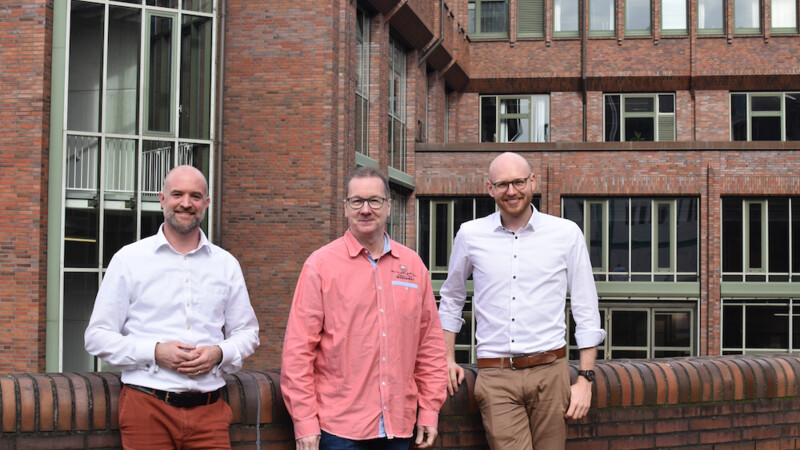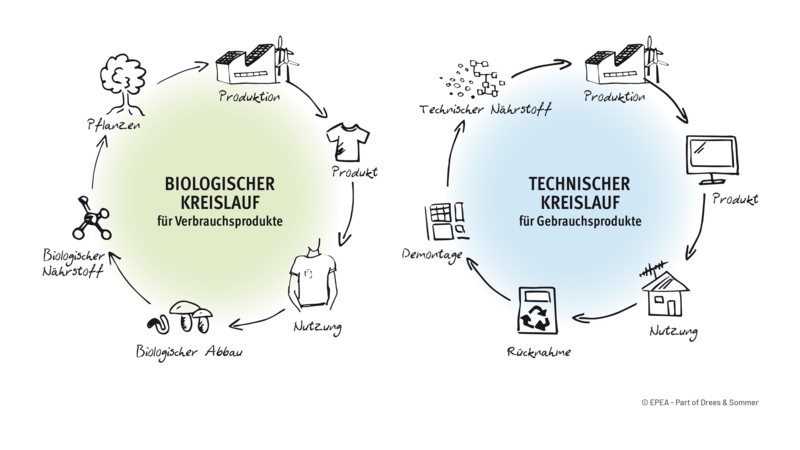A master plan based on the C2C concept is at the heart of efforts to transform northeastern Lower Saxony into a model of the circular economy. Launched early last November, the project "New Strategies and Structures for a Cradle to Cradle Model Region in Northeast Lower Saxony" is aiming for cross-county, strategic regional development. "The idea arose in 2020 and was occasioned by a call for proposals from the German Ministry of the Interior, focusing on approaches to improved living and working conditions in the region," said Dr. Jürgen Glaser, Authorized Representative of Süderelbe AG. The project consortium, consisting of TU Hamburg and Leuphana Lüneburg University, Süderelbe AG and the municipal representatives of the districts of Lüneburg and Lüchow-Dannenberg, prevailed over 60 rivals and raised EUR 650,000 in funds.
The cradle to cradle (C2C) approach may sound highfalutin, ideal and conjure up all kinds of superlatives. The idea necessitates hugely changed thinking. Simply keeping pollutants in a product to a minimum is not enough. The goal is to produce, for instance, carpets that provide clean indoor air or shoe soles and car tyres without chemical concoctions. Instead, they are fully biodegradable, turn waste into nutrients and impact the planet positively. Yet, many are sceptical of the cradle to cradle concept developed by Michael Braungart, professor of eco-design at Leuphana University. "That's why we want to bring everyone to the table in a C2C lab, dispel concerns and build up trust and reliability. That is a prerequisite for new business models or this cycle. Products for biological cycles are biodegradable and can be released into the environment without hesitation. Products for closed technical loops are made of metal or various polymer and become so-called technical nutrients.
EUR 650,000 in funding for model region

Becoming familiar with new forms of thinking
The capital can be put towards a whole range of C2C projects and initiatives. Such experimentation is important to become familiar with this new form of thinking. When it comes to climate protection, people think mainly in terms of sustainability, which Braungart rejects. "Real innovation is never sustainable. Sustainability means stabilizing what already exists. We think of reduction. But that doesn't protect, it just inflicts less damage." Agriculture is crucial, Braungart noted, as soil is our most important carbon sink. "We need agriculture that builds up the soil. Even organic farming is problematic because it uses copper as a natural pesticide. Biodiversity does not provide active protection either." Thus, organic farming also needs to be repositioned. "And we want to develop the ideas required for that in the C2C Lab."
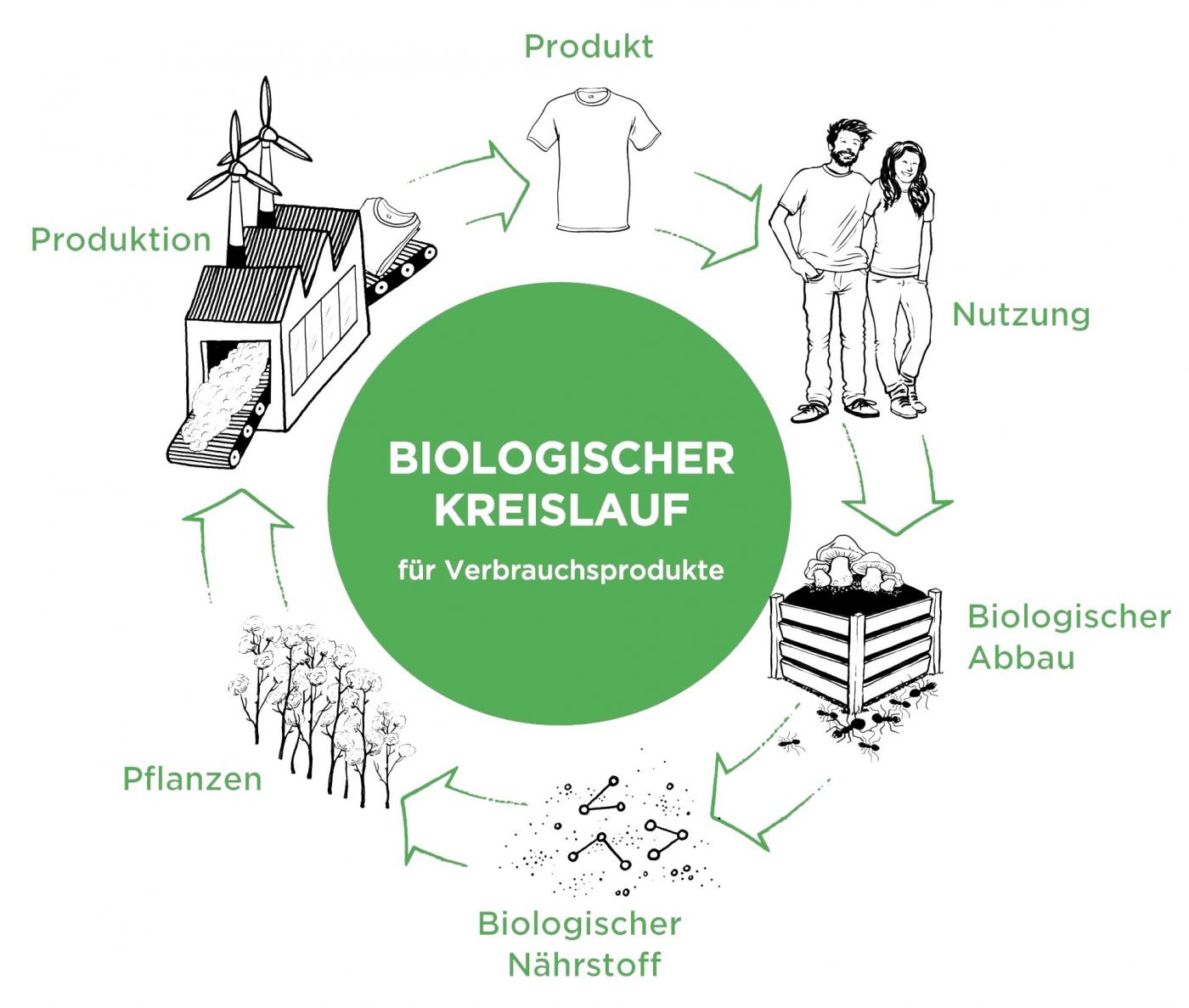
Multifaceted approach
"The C2C concept may sound somewhat utopian, but it is not," Glaser emphasised. "We want our project to really benefit companies, initiatives and municipalities through various best cases." Thus, the approach will be diverse and encompass the construction industry, agriculture, forestry, the energy sector and the textile industry to realise the region's true potential. "Public buildings often serve as role models. Nurseries and school buildings in Lüneburg are among the first to be built according to the C2C principle. And the fire station in Lüchow-Dannenberg was developed with elements of C2C," said Glaser. However, not every project can be turned around fully based on C2C principles. Yet, the more successful the projects are, the greater the chances of a movement that strengthens regional innovation and spreads beyond its borders.
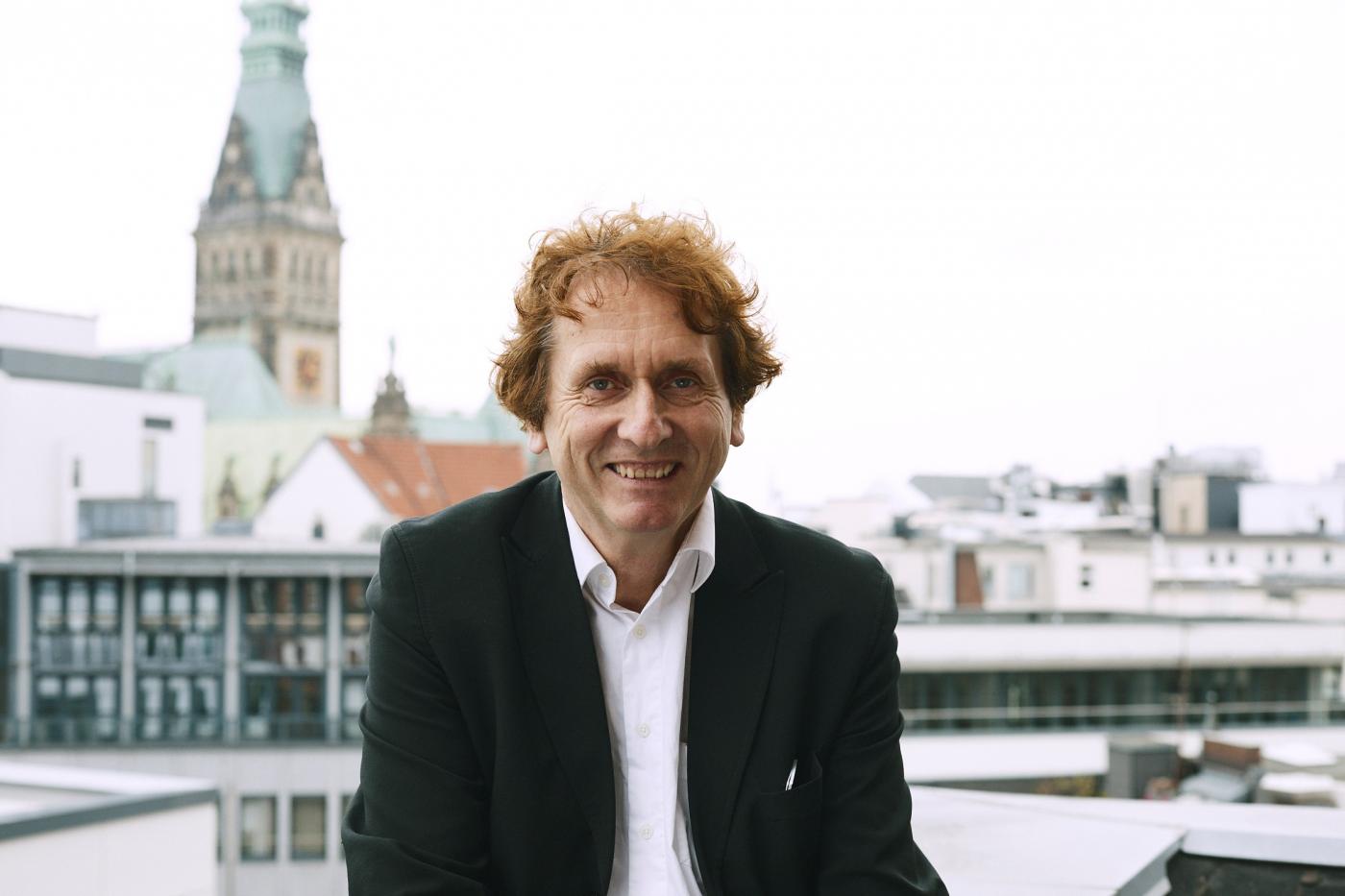
University backing for start-ups
"We are developing a master plan for the year 2035 that goes far beyond the two-year project duration as well as the C2C lab," Glaser stressed, adding: "We want to bring together founders, company representatives and investors, create a platform of innovation and promote start-ups' ideas in rural areas. The participating universities TUHH and Leuphana already back start-ups, companies and municipalities. During the pandemic, Braungart's students transferred the C2C approach to a real product and developed a biodegradable Viva mask. Now, Braungart has high hopes for a circular economy and that it will catch on. "The leading design schools already teach the C2C concept and there are endless opportunities and possibilities to apply it. A total of 11,000 products prove that." Around 400 are on display at the Museum Zukunft in Lüneburg.
ys/sb/pb
Sources and further information
More
Similar articles
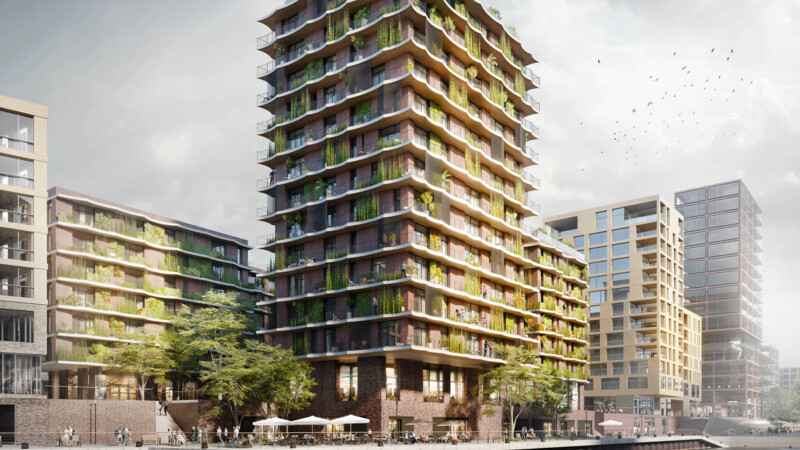
Hamburg to get cradle-to-cradle apartment block in HafenCity
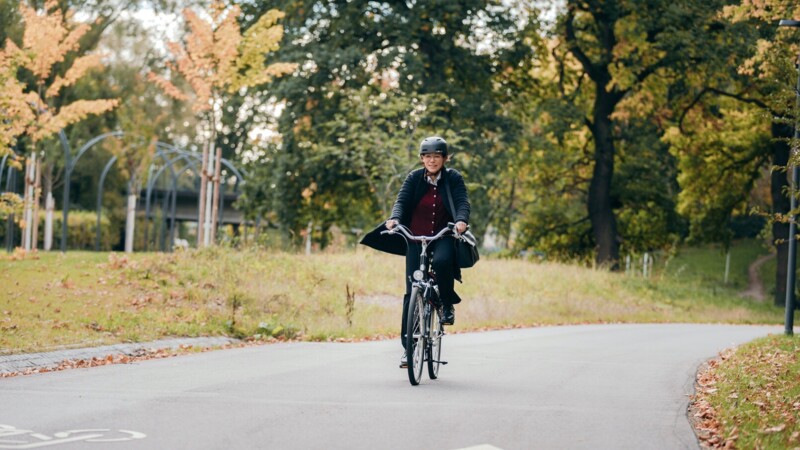
EUR 9 million in government funds for Hamburg-Lüneburg cycle path
